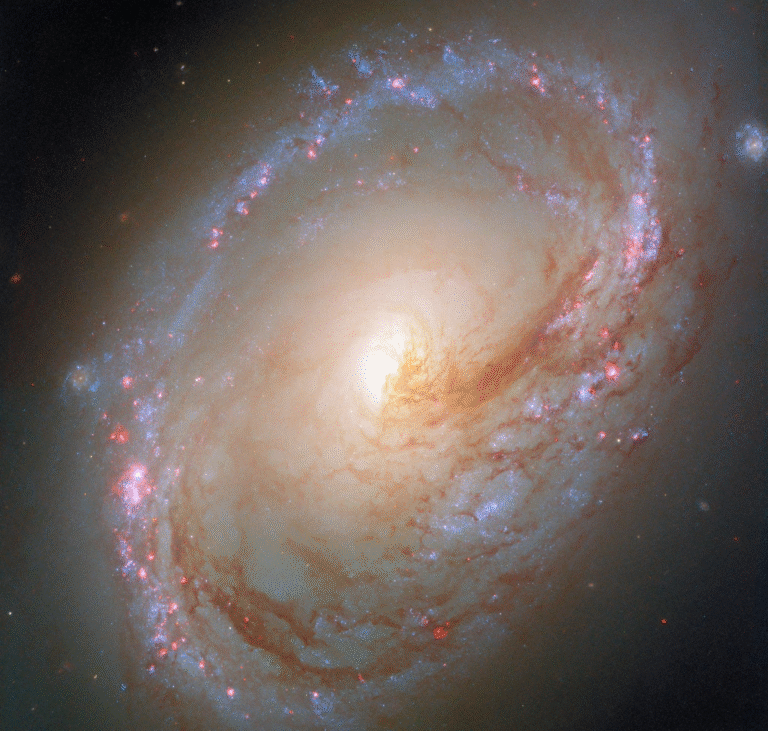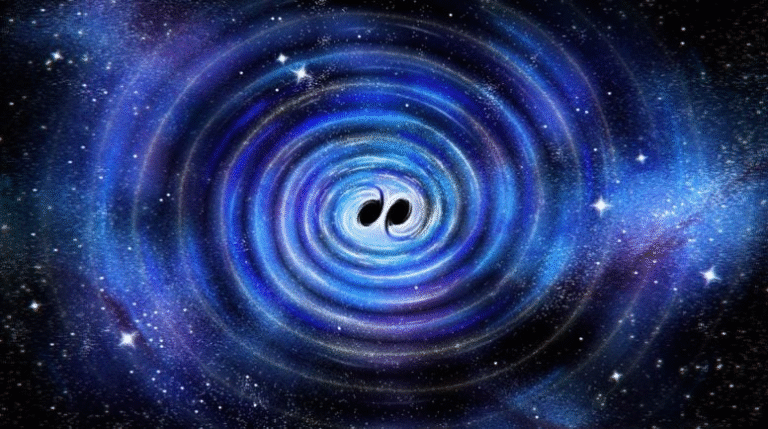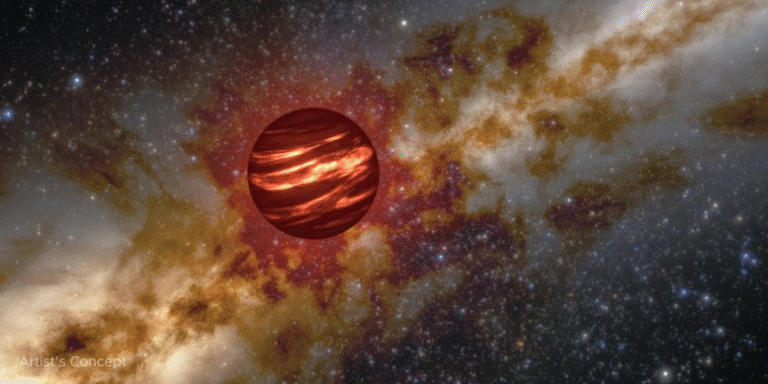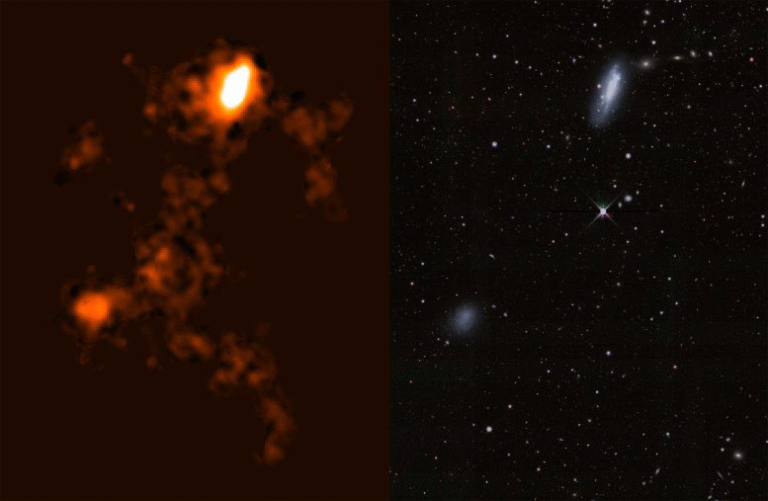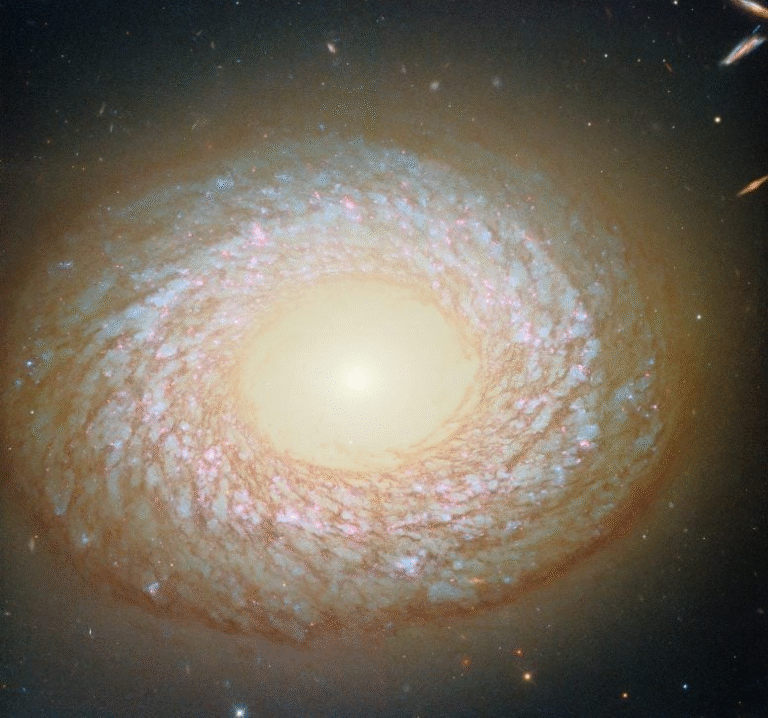Asteroid 1998 KY26 Turns Out Much Smaller and Faster Than We Thought — A New Challenge Awaits Japan’s Hayabusa2 Mission

Astronomers have made a surprising discovery about the tiny asteroid 1998 KY26, the next and final target for Japan’s Hayabusa2 spacecraft. Using the European Southern Observatory’s Very Large Telescope (VLT) and observatories around the world, scientists found that this asteroid — once believed to be around 30 meters wide — is actually just about 11 meters across, roughly the size of a small house.
Even more fascinating, it spins incredibly fast, completing a full rotation every five minutes. These findings completely change what we thought we knew about this small, fast-moving world, and they present new challenges for the Hayabusa2 mission scheduled to reach it in 2031.
What Exactly Is Asteroid 1998 KY26?
Asteroid 1998 KY26 is a near-Earth asteroid (NEA) belonging to the Apollo class — meaning its orbit crosses Earth’s path. It was first discovered in 1998 by the Spacewatch survey at Kitt Peak National Observatory in Arizona. Its orbit takes it as close as 0.98 AU to the Sun (that’s slightly inside Earth’s orbit) and as far as 1.47 AU, with a low inclination of about 1.5°. It takes around 1.36 years (498 days) to complete one trip around the Sun.
Because of its small size and accessible orbit, 1998 KY26 became an ideal candidate for an extended space mission after Hayabusa2 completed its primary job. The asteroid’s Earth Minimum Orbital Intersection Distance (MOID) is about 0.0025 AU, or roughly 0.98 times the distance between Earth and the Moon. That makes it one of the easier asteroids to approach from Earth, and also one worth monitoring closely — objects of this size and orbit are important for understanding potential impact hazards.
A Tiny World Revealed
The new observations were led by astronomer Toni Santana-Ros from the University of Alicante and the University of Barcelona, and the results were published in Nature Communications. By combining lightcurve measurements, radar data, and infrared non-detections, the team concluded that 1998 KY26’s diameter is just 11 ± 2 meters — nearly three times smaller than the earlier estimate of 30 meters.
The asteroid was so faint that studying it required careful timing. It could only be observed when it passed relatively close to Earth, and even then, astronomers had to rely on some of the world’s most powerful telescopes, including the VLT in Chile’s Atacama Desert. Despite being so small, the asteroid reflects a surprising amount of light, suggesting it has a bright, rocky surface.
Interestingly, its rotation period is just 5.35 minutes, meaning one “day” there lasts about as long as brewing a cup of coffee. Earlier radar data suggested a rotation period of around ten minutes, so this new value shows that it’s spinning roughly twice as fast as scientists believed. For an object that small, that’s incredibly rapid — it’s close to the speed limit before centrifugal forces would tear apart a loosely bound “rubble pile” asteroid.
What It’s Made Of
The asteroid’s surface appears relatively reflective, implying a high albedo, and its spectrum suggests it’s an Xe-type asteroid — part of the X-class, often linked to metallic or enstatite-rich compositions. These are typically bright, hard, and dense materials, which may explain why the asteroid can spin so quickly without breaking apart. A loosely bound pile of rocks held together only by weak gravity couldn’t survive at that spin rate.
Still, researchers haven’t ruled out the possibility that 1998 KY26 could be a rubble-pile structure held together by tiny cohesive forces like van der Waals interactions. Its cohesive strength is estimated to be between 4 and 20 Pascals, a very low value that’s nonetheless enough to hold it together under such rapid rotation. Because no space mission has ever visited an asteroid this small before, scientists aren’t certain what it will look like up close — whether it’s a smooth rock, a cluster of boulders, or something in between.
There’s also no sign of any dust or gas activity, which helps rule out comet-like behavior. Deep imaging with large telescopes found no coma or tail, suggesting that the asteroid is completely inert and made of solid material rather than volatile ices.
Orbit and Movement
1998 KY26 follows an Earth-crossing orbit, looping between about 0.98 AU and 1.47 AU from the Sun. Because of this, it occasionally passes close enough for radar and optical studies. Its orbit is also influenced by non-gravitational accelerations — subtle pushes that don’t come from gravity alone. Some researchers previously thought this might be due to outgassing (like a “dark comet”), but the new observations show no such activity. Instead, the small accelerations might result from microscopic dust loss or uneven thermal radiation effects, such as the Yarkovsky effect, where sunlight absorbed and re-emitted from the asteroid’s surface slowly alters its trajectory over time.
Understanding these forces is important not just for planetary science but also for planetary defense. Objects as small as 1998 KY26, though not catastrophic if they hit Earth, can still cause significant atmospheric explosions — like the Chelyabinsk meteor in 2013, which was only about 19 meters wide and still injured over a thousand people. Knowing how such small asteroids move, spin, and behave is key to predicting and mitigating future impact threats.
A Big Challenge for Hayabusa2
The Hayabusa2 spacecraft, operated by JAXA (Japan Aerospace Exploration Agency), is no stranger to ambitious missions. Originally launched in 2014, it successfully visited and sampled the 900-meter-wide asteroid 162173 Ryugu, returning precious material to Earth in 2020. After that success, the spacecraft still had fuel left — so JAXA extended its mission to explore other small bodies in the Solar System. Its ultimate goal is to reach 1998 KY26 in 2031.
However, the new findings mean the mission just became a lot more difficult. A spacecraft designed for a nearly kilometer-wide asteroid must now adapt to exploring a rock barely bigger than itself. The asteroid’s tiny size means it has almost no gravity, so any kind of touchdown or sampling attempt will be far trickier to execute. Its rapid five-minute spin further complicates things — a spacecraft approaching or trying to land would need to time its maneuver extremely precisely, or risk being flung off into space.
Because the asteroid is so small, Hayabusa2 might not even be able to orbit it in the traditional sense. Instead, it may have to perform a flyby or brief hovering encounter, taking images and measurements from a distance before moving away. Mission engineers are already considering adjustments to flight plans, instruments, and observation sequences to make the most of the encounter.
On the other hand, this challenge is also an opportunity. This will be the first time any spacecraft visits an asteroid so small. Every other asteroid mission so far — from NASA’s OSIRIS-REx and DART to JAXA’s own Hayabusa and Hayabusa2 — targeted objects hundreds or even thousands of meters across. Studying a tiny 11-meter asteroid up close could reveal an entirely new class of small-body physics, surface behavior, and composition that has only been theorized until now.
What Scientists Hope to Learn
By studying 1998 KY26, scientists can test theories about how the smallest asteroids form and evolve. These micro-asteroids may be fragments from past collisions between larger bodies. Understanding them can help explain how debris moves through the Solar System and how planets — including Earth — accumulate materials over time.
The mission could also help refine techniques for detecting and characterizing near-Earth objects (NEOs). If astronomers can successfully measure an 11-meter asteroid from millions of kilometers away, it means similar methods could be used for finding and studying small, potentially hazardous asteroids. These discoveries could eventually improve early warning systems for Earth-impacting objects and inform future asteroid-deflection missions.
There’s also growing interest in asteroid mining and resource utilization. Techniques developed for small, fast-rotating asteroids could inform how we one day approach, anchor to, and extract materials from these tiny worlds. Even if Hayabusa2 doesn’t collect samples from 1998 KY26, the mission’s data could serve as a foundation for future robotic mining or resource missions.
Observing Something So Small
Studying an 11-meter rock millions of kilometers away isn’t easy. 1998 KY26 was only bright enough for detailed observation when it passed relatively close to Earth in 2024. Teams used some of the most advanced observatories on the planet, including ESO’s Very Large Telescope (VLT), the Gemini Observatory, and the Keck Observatory in Hawaii.
Thermal infrared observations from VLT’s VISIR instrument didn’t detect the asteroid, which was actually helpful — that non-detection set an upper limit on its diameter (around 17 meters), supporting the smaller-size conclusion. Optical spectroscopy helped confirm the asteroid’s composition and brightness, while radar data from earlier close passes filled in the details about its shape and spin.
These combined techniques demonstrate how modern astronomy can characterize even the smallest and faintest objects in the Solar System — a huge step forward for planetary science.
Looking Ahead
With about six years left before Hayabusa2 reaches its destination, mission planners are using these new findings to refine their approach. Whether the spacecraft will attempt a close touchdown or simply perform remote observations will depend on what is safest and most productive. Regardless of the method, the encounter will provide a first-ever look at a house-sized asteroid, opening a new window into one of the least-explored populations of objects in our Solar System.
And there’s a broader implication: if astronomers can study and predict the behavior of something as small as 1998 KY26, then we’re one step closer to understanding — and protecting ourselves from — the thousands of similar small asteroids buzzing through our cosmic neighborhood.
Research Reference:
Hayabusa2 extended mission target asteroid 1998 KY26 is smaller and rotating faster than previously known – Nature Communications (2025)
